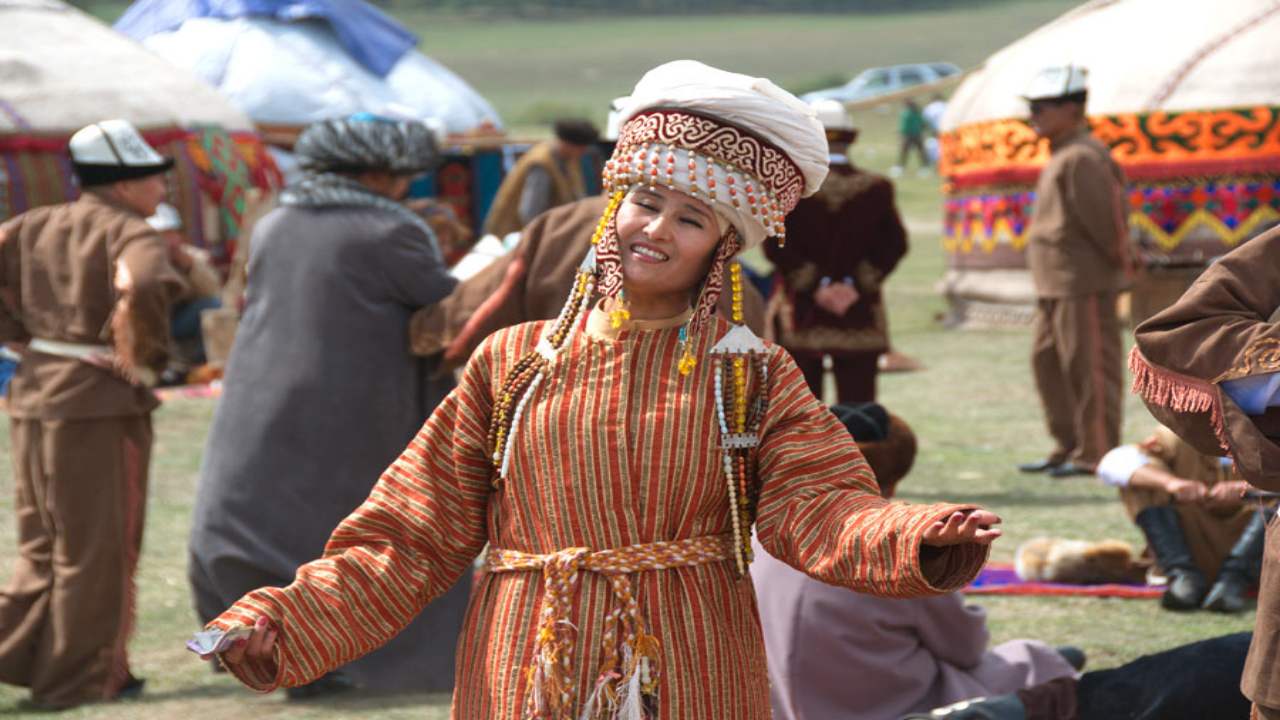Nowruz is the Iranian New Year. also known as the Persian New Year, which begins on the Spring equinox, marking the first day of Farvardin, the first month of the Iranian solar calendar. It is celebrated worldwide by various ethnolinguistic groups and falls on or around March 21 of the Gregorian calendar.
Nowruz has Iranian and Zoroastrian origins; however, it has been celebrated by diverse communities for over 3,000 years in Western Asia, Central Asia, the Caucasus, the Black Sea Basin, the Balkans, and South Asia.
Nowruz 2021 Date: When is Nowruz Celebrated?
Nowruz 2021 is on March 20. Nowruz falls on the vernal equinox (first day of spring) each year. Other years, it can fall on March 19 or March 21. The length of Nowruz celebrations can vary, but it lasts 13 days in Iran.
While Nowruz has been celebrated since the reform of the Iranian Calendar in the 11th century CE to mark the new year, the United Nations officially recognized the “International Day of Nowruz” with the adoption of UN resolution 64/253 in 2010.
Nowruz History
Nowruz stems from a religious holiday in Zoroastrianism dating back close to 3,000 years in Persia (now Iran), in which the coming of spring was celebrated as a triumph of good over evil. The holiday now extends into several different faiths and areas of the world.
How is Nowruz celebrated and traditions of this festival
One of the biggest Nowruz traditions is Spring cleaning! Cleaning and “shaking the house” is a common custom ahead of Nowruz. In more seasonal celebrations of spring, collecting flowers (especially tulips and hyacinths) and visiting with loved ones are all popular ways to mark the special day.
Family members come around the Haft sin table and await the moment of March equinox. The Haft-sin table traditionally has seven dishes starting with the Farsi letter sin (س). Translated, these dishes often include sprouts (typically lentil, wheat, barley, or mung bean), apples, garlic, Persian olives, garlic, sumac and samanu (wheat germ pudding), and vinegar.


















